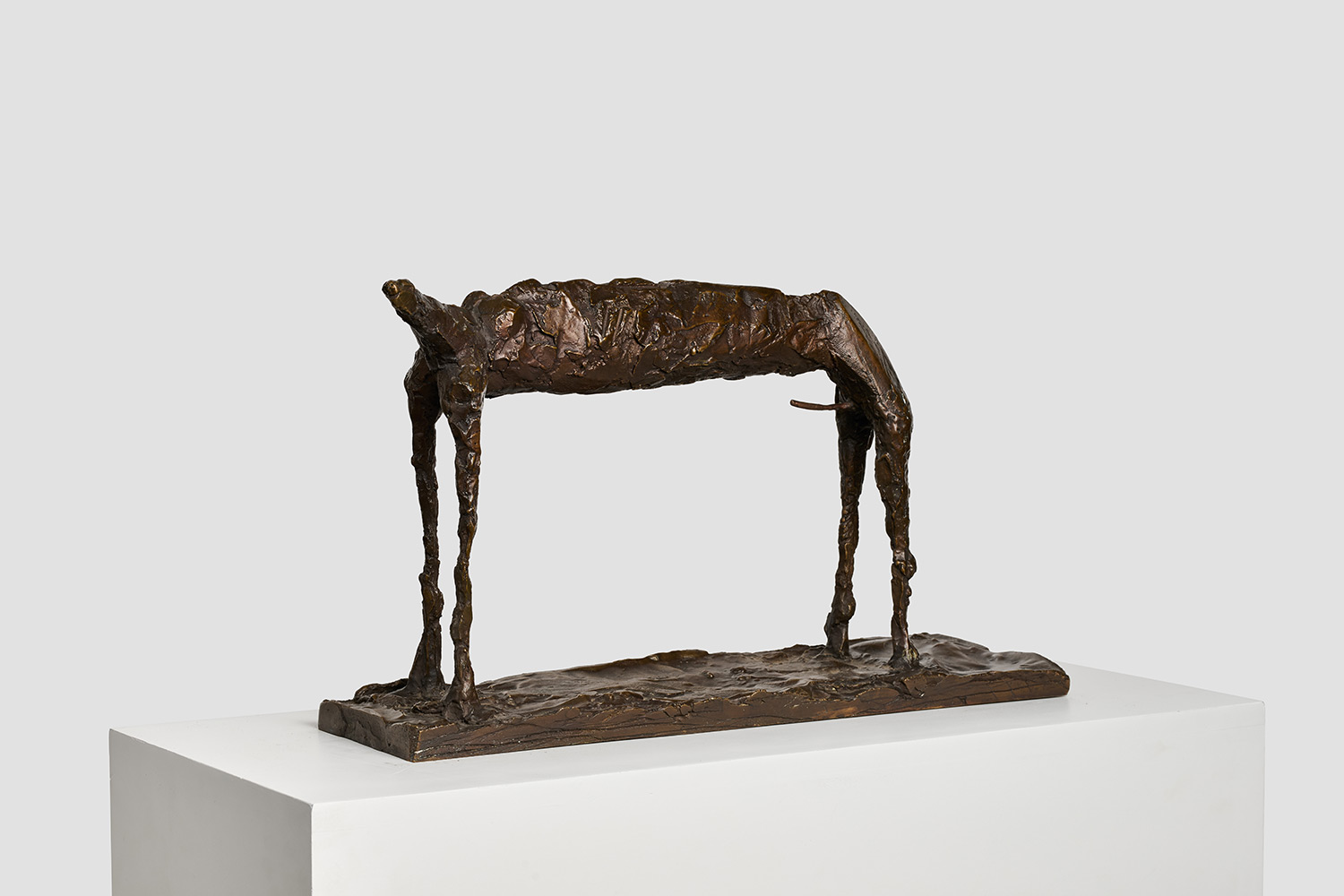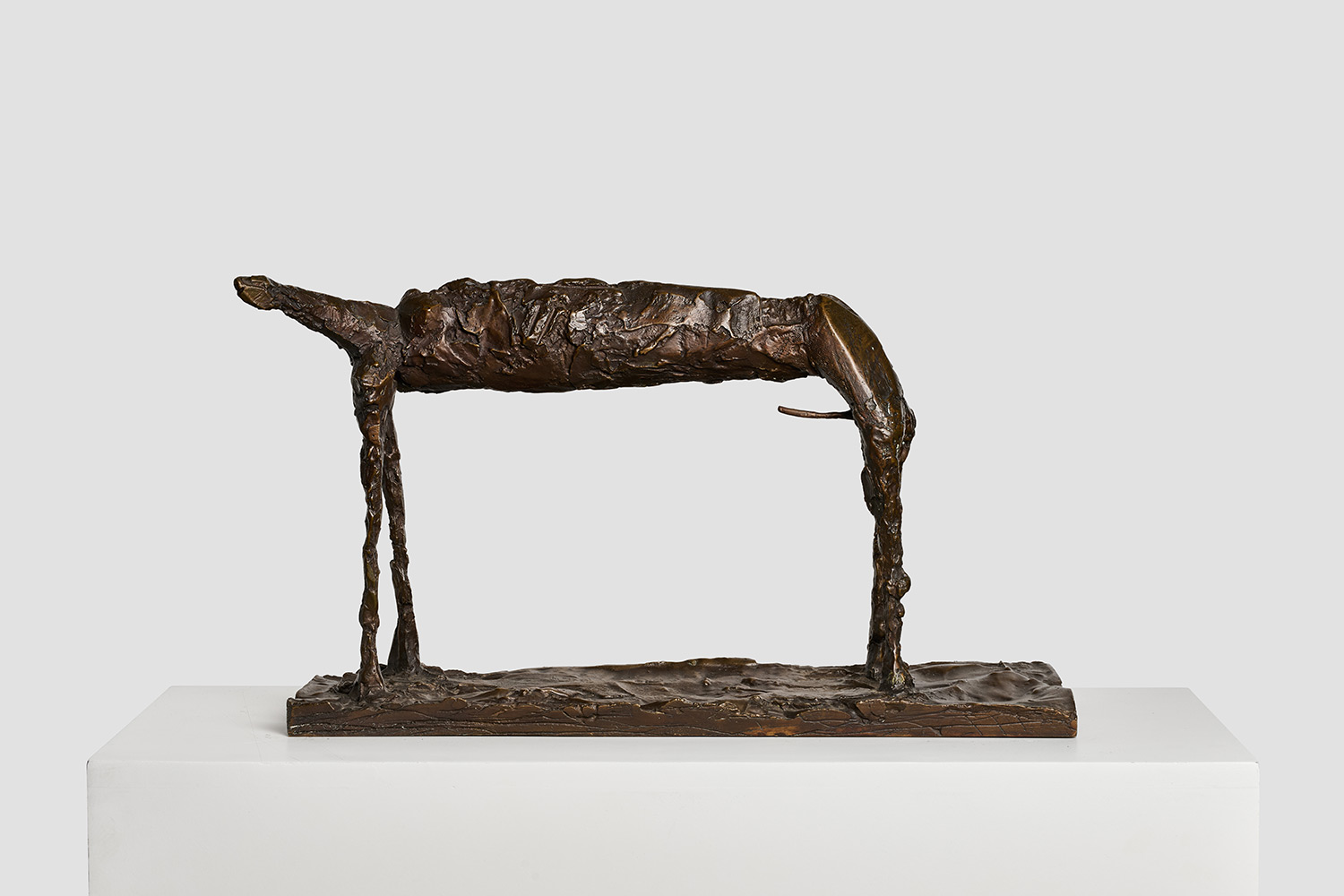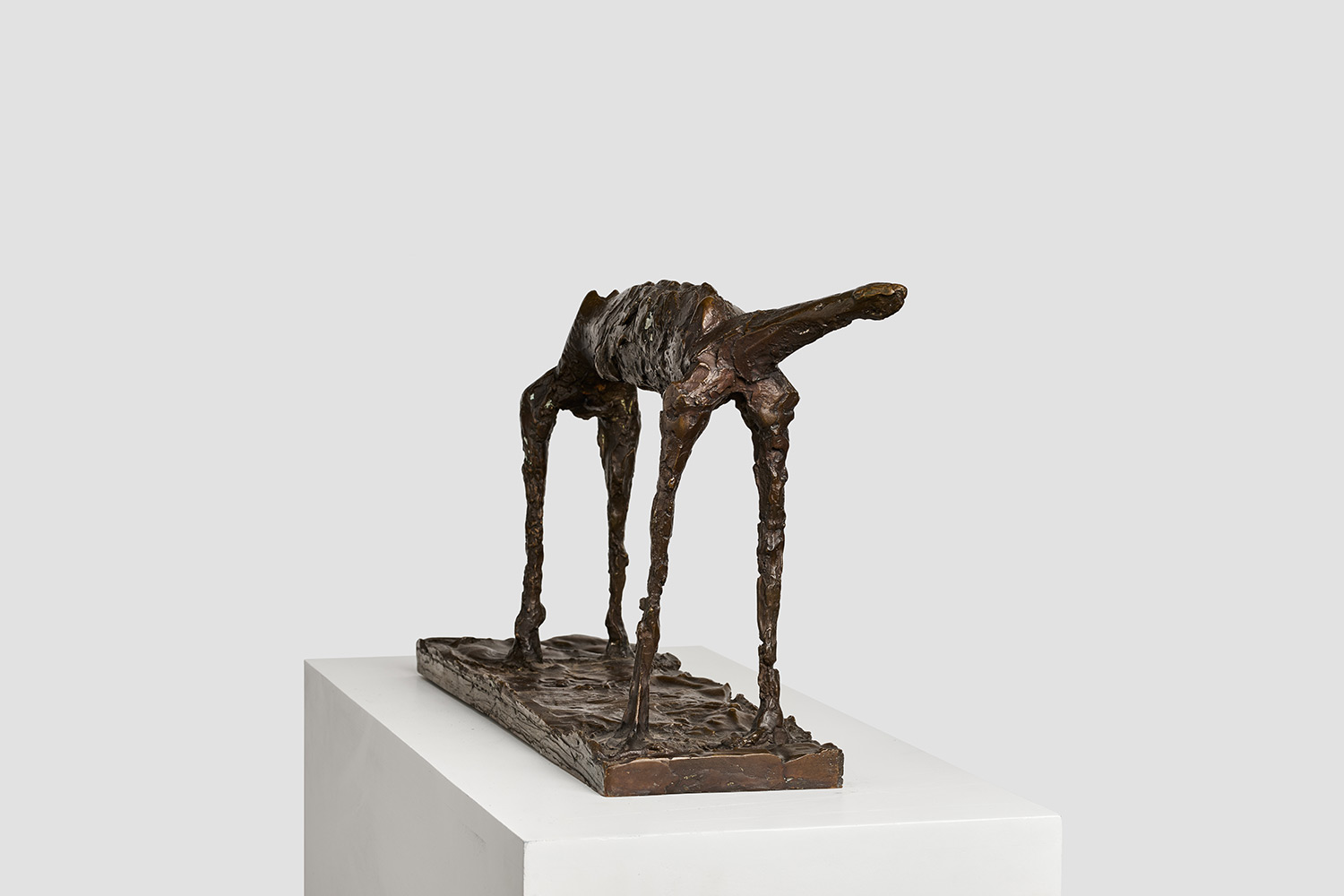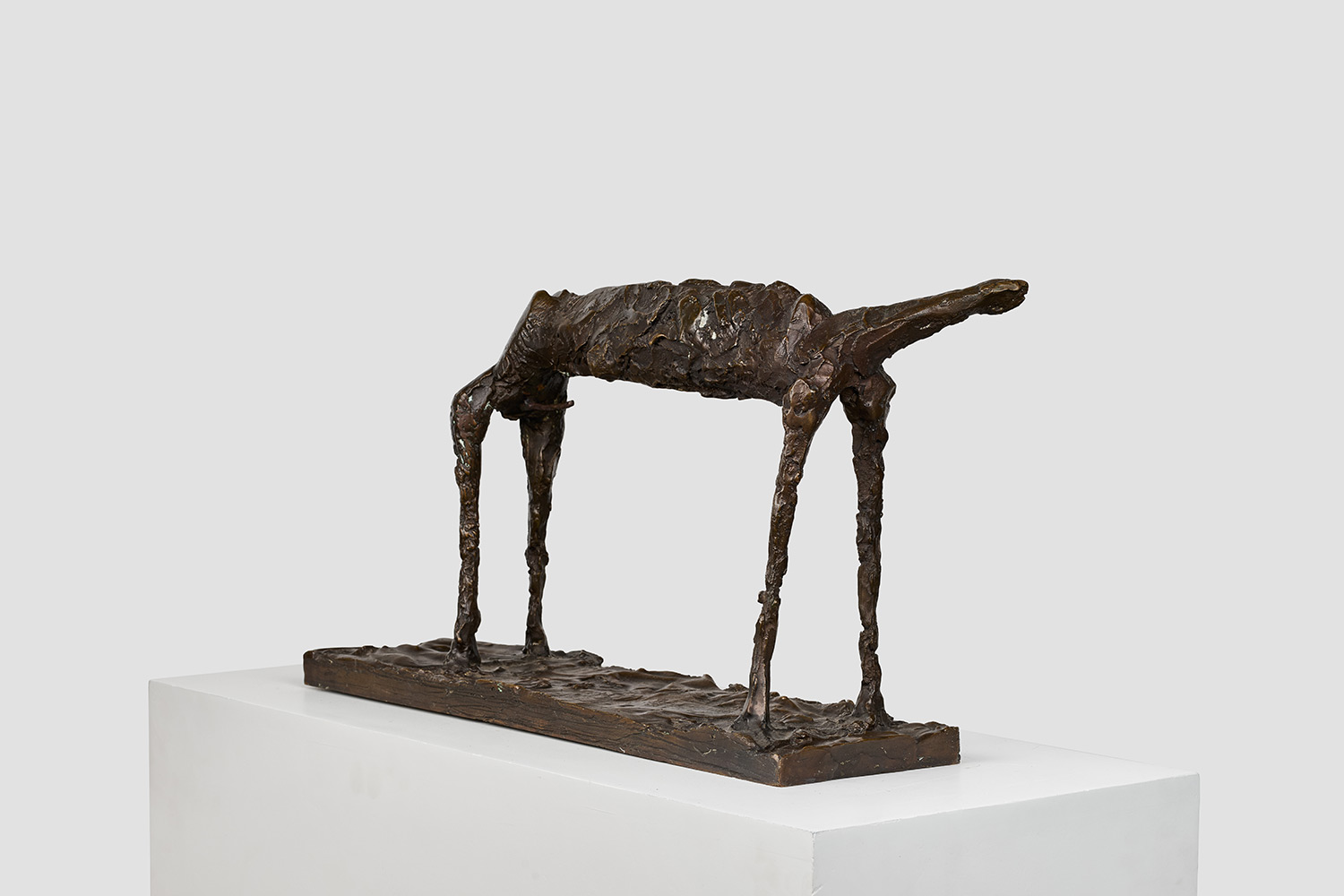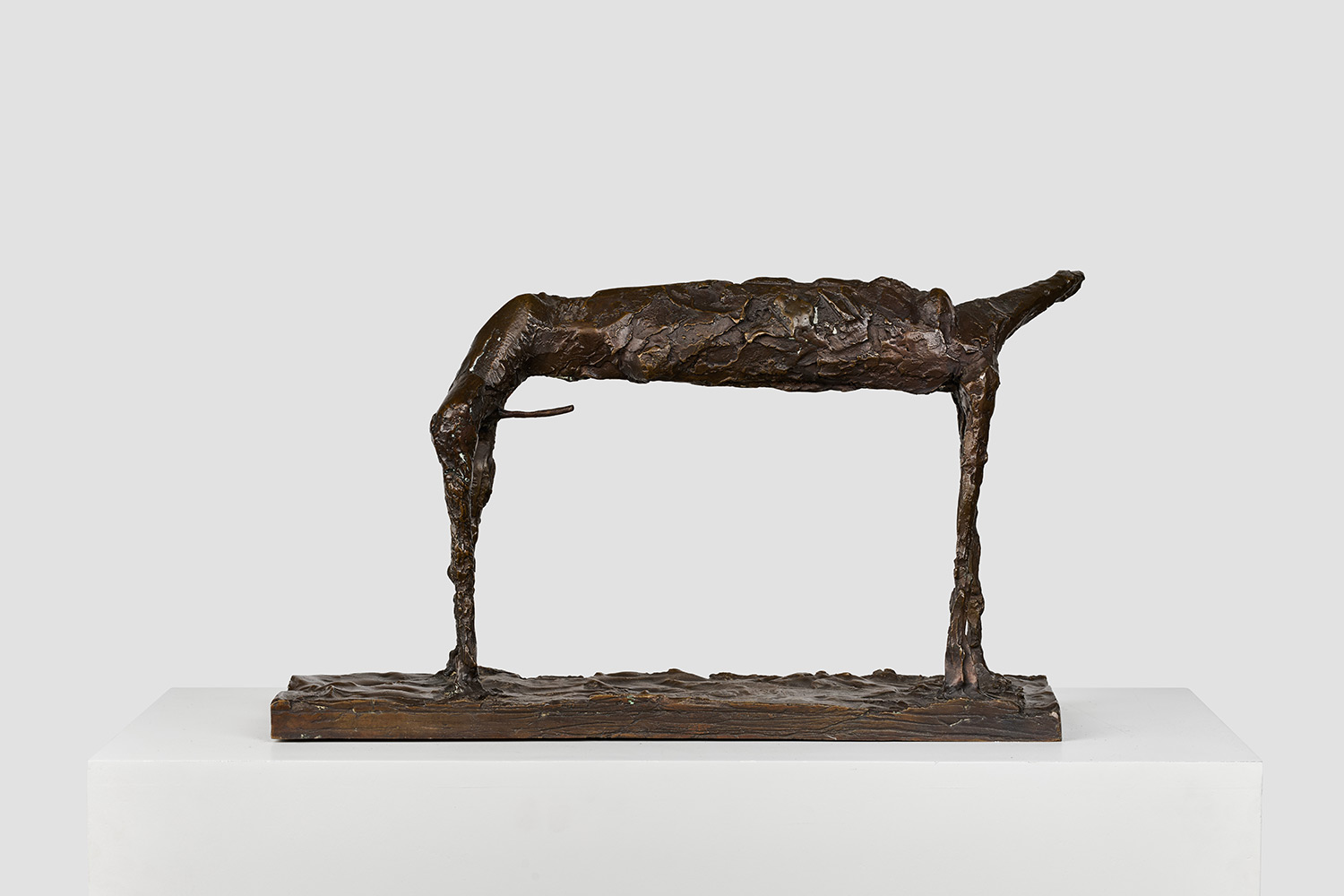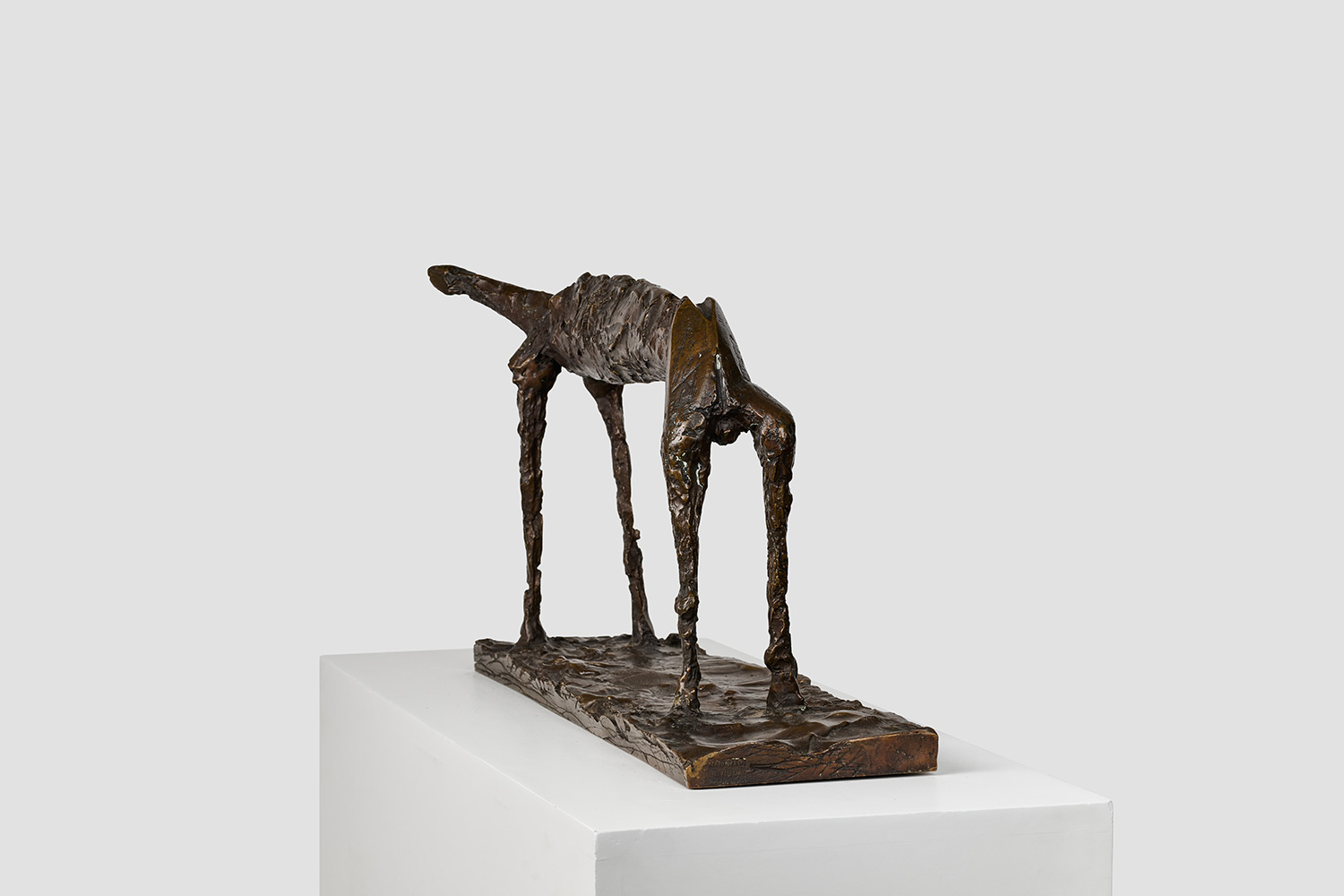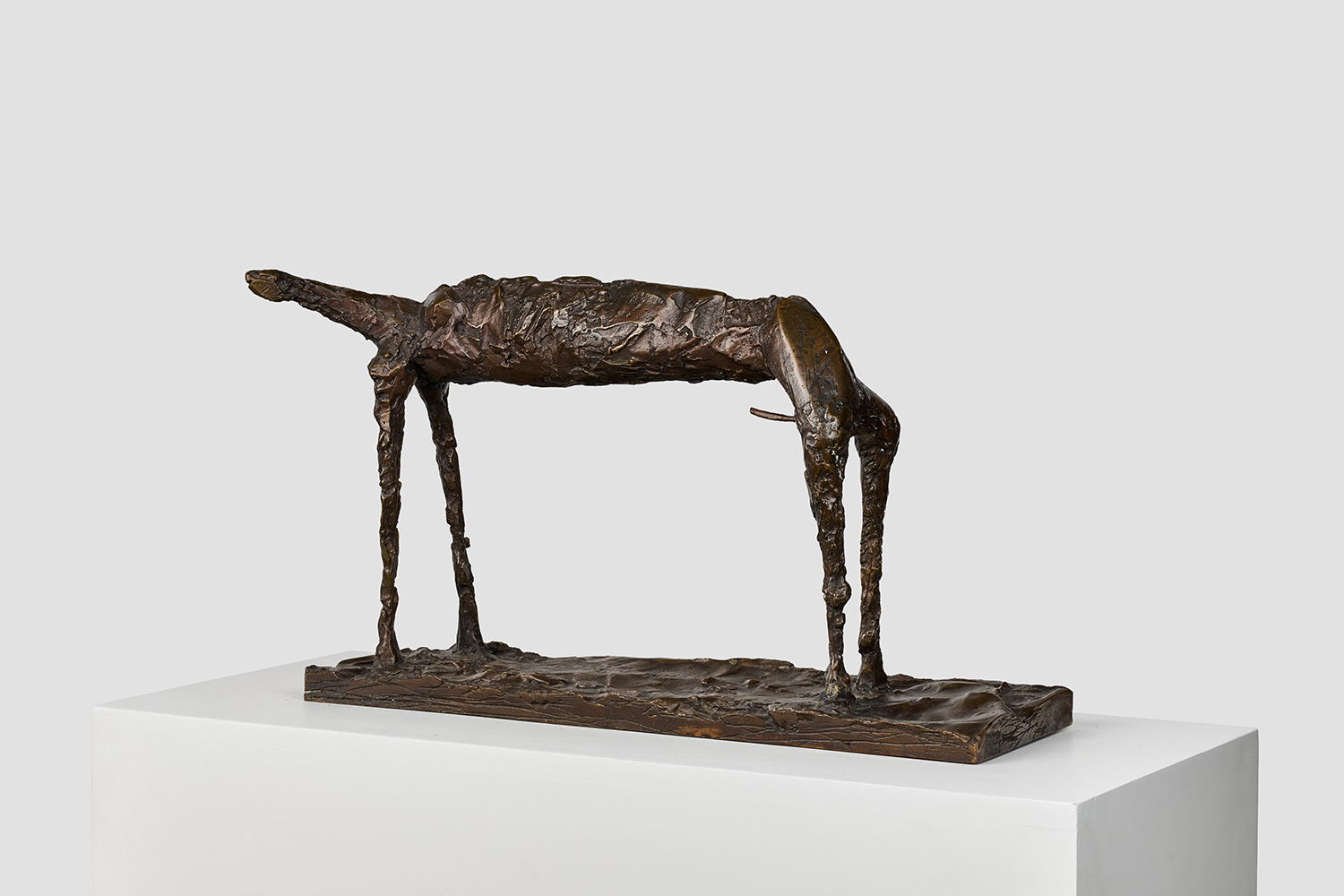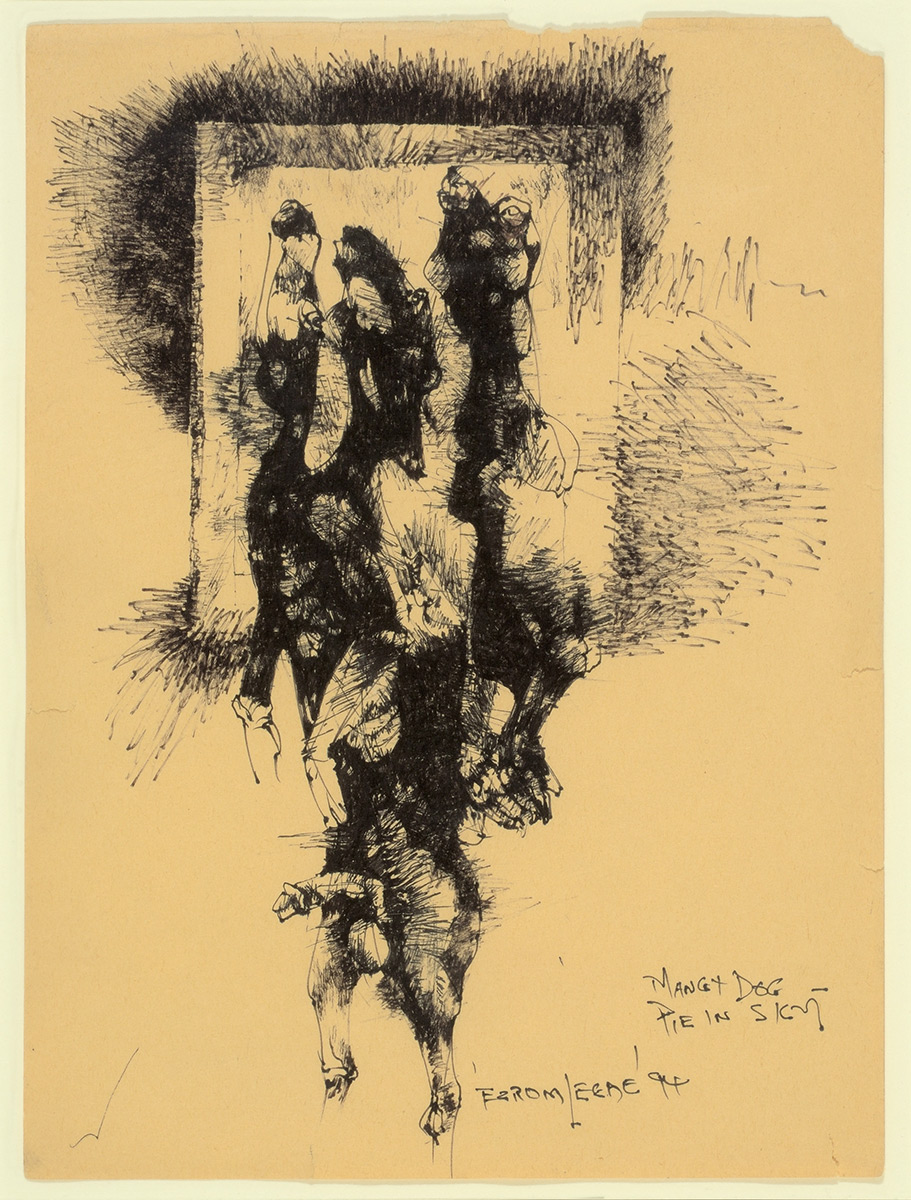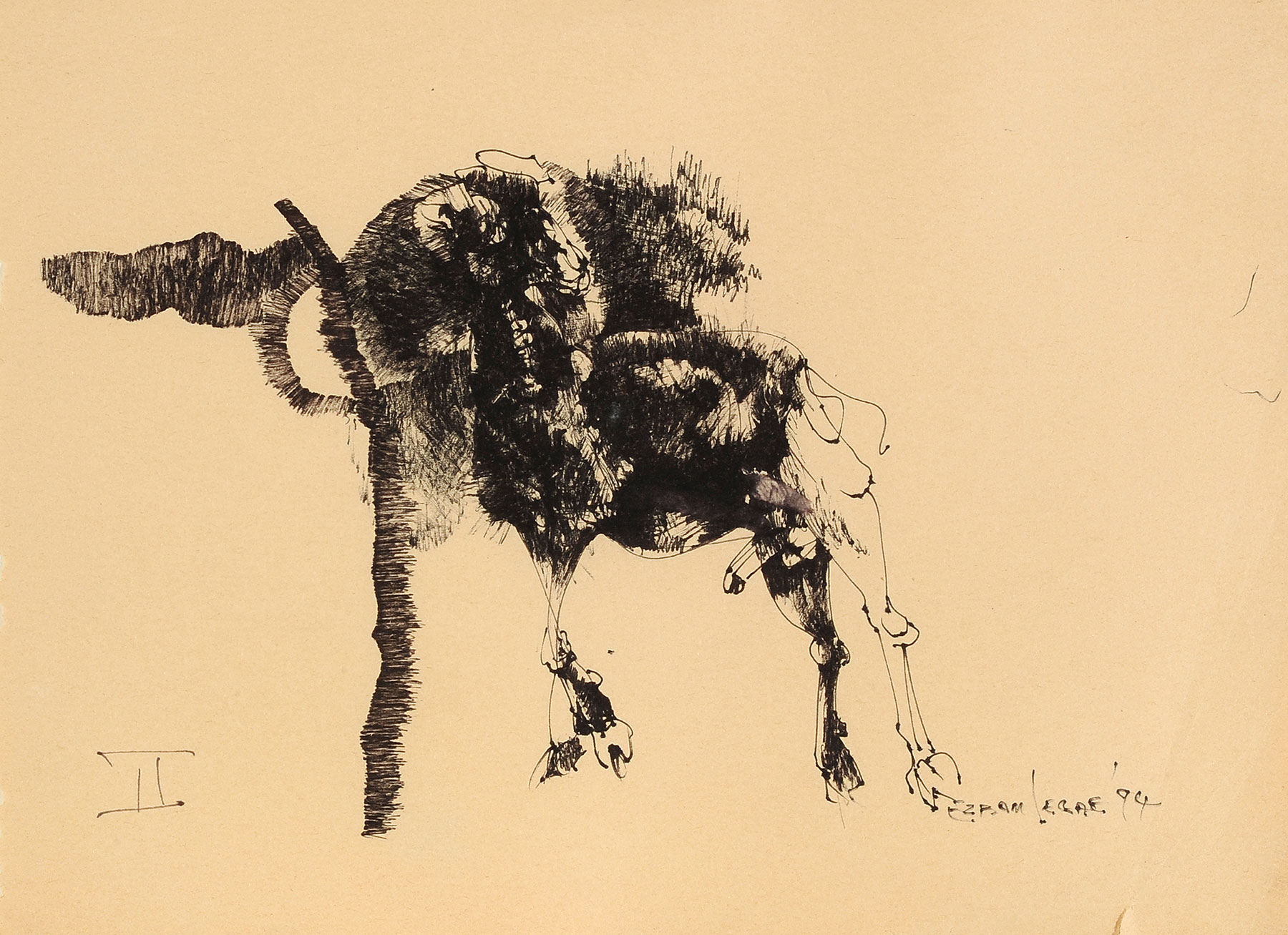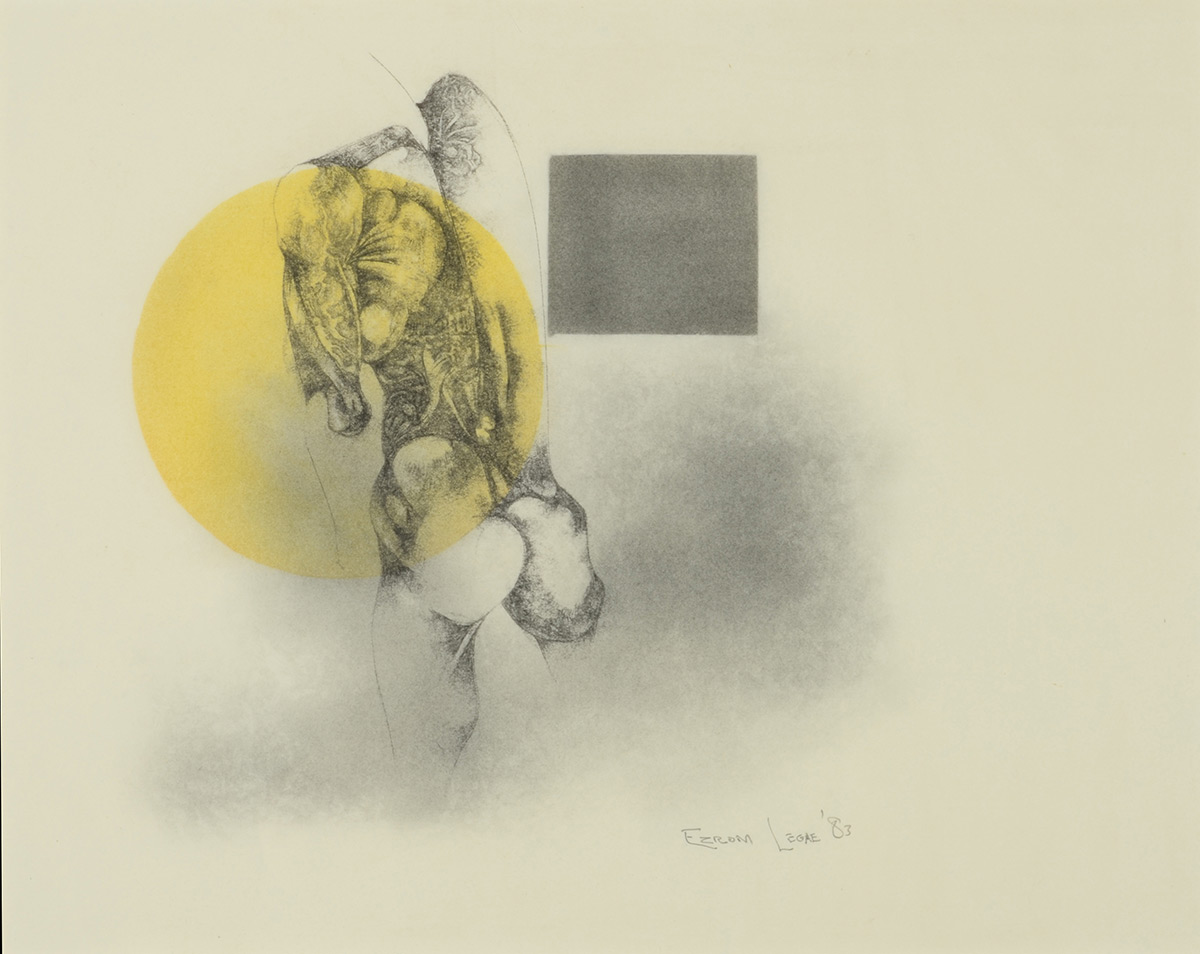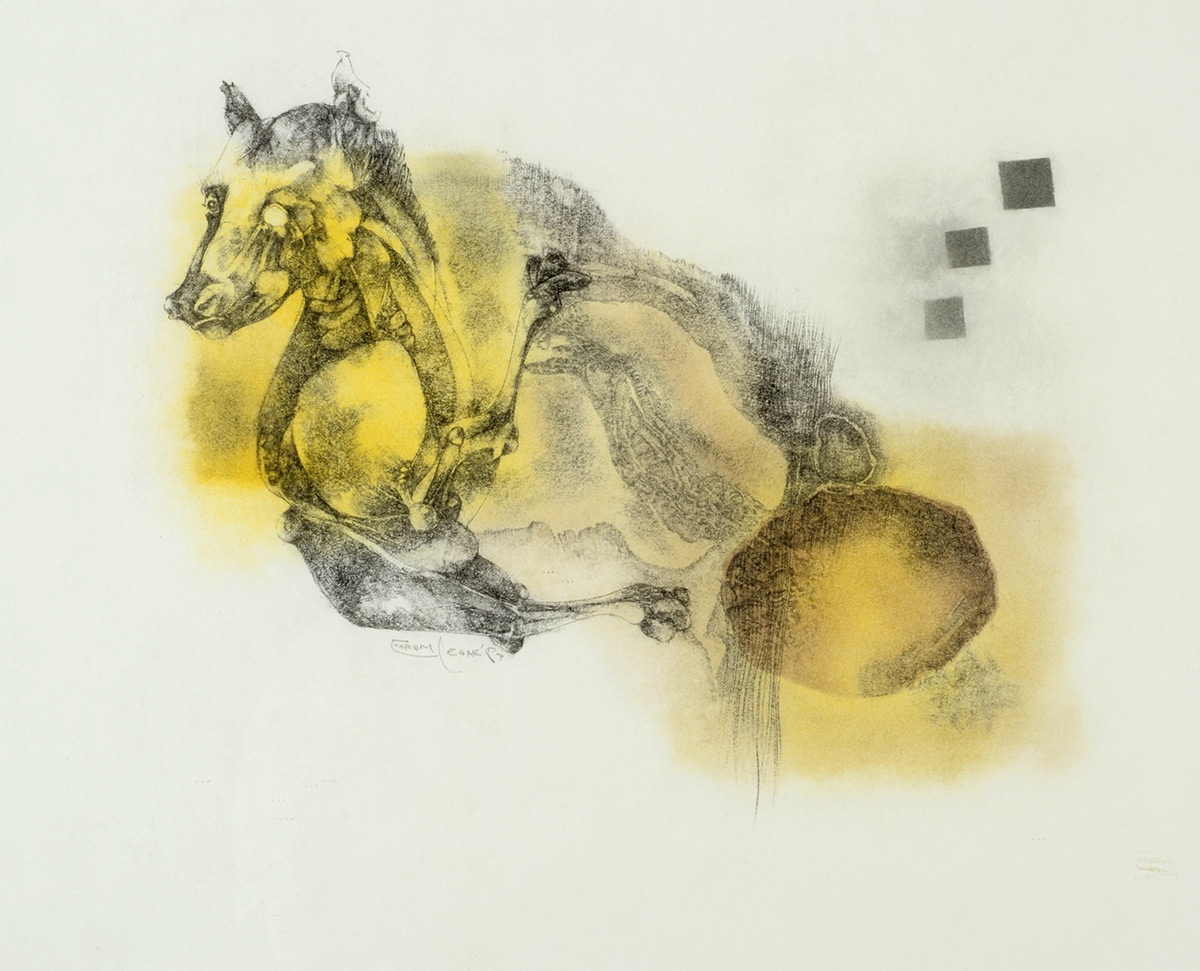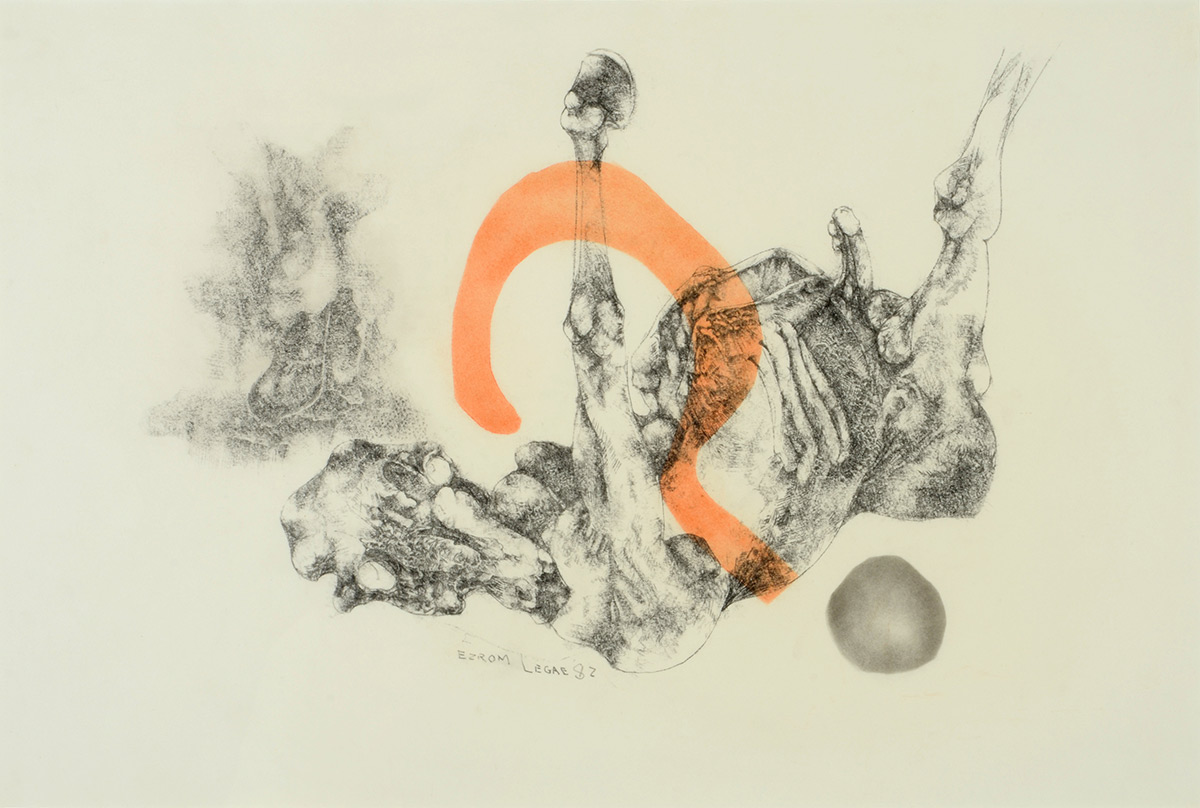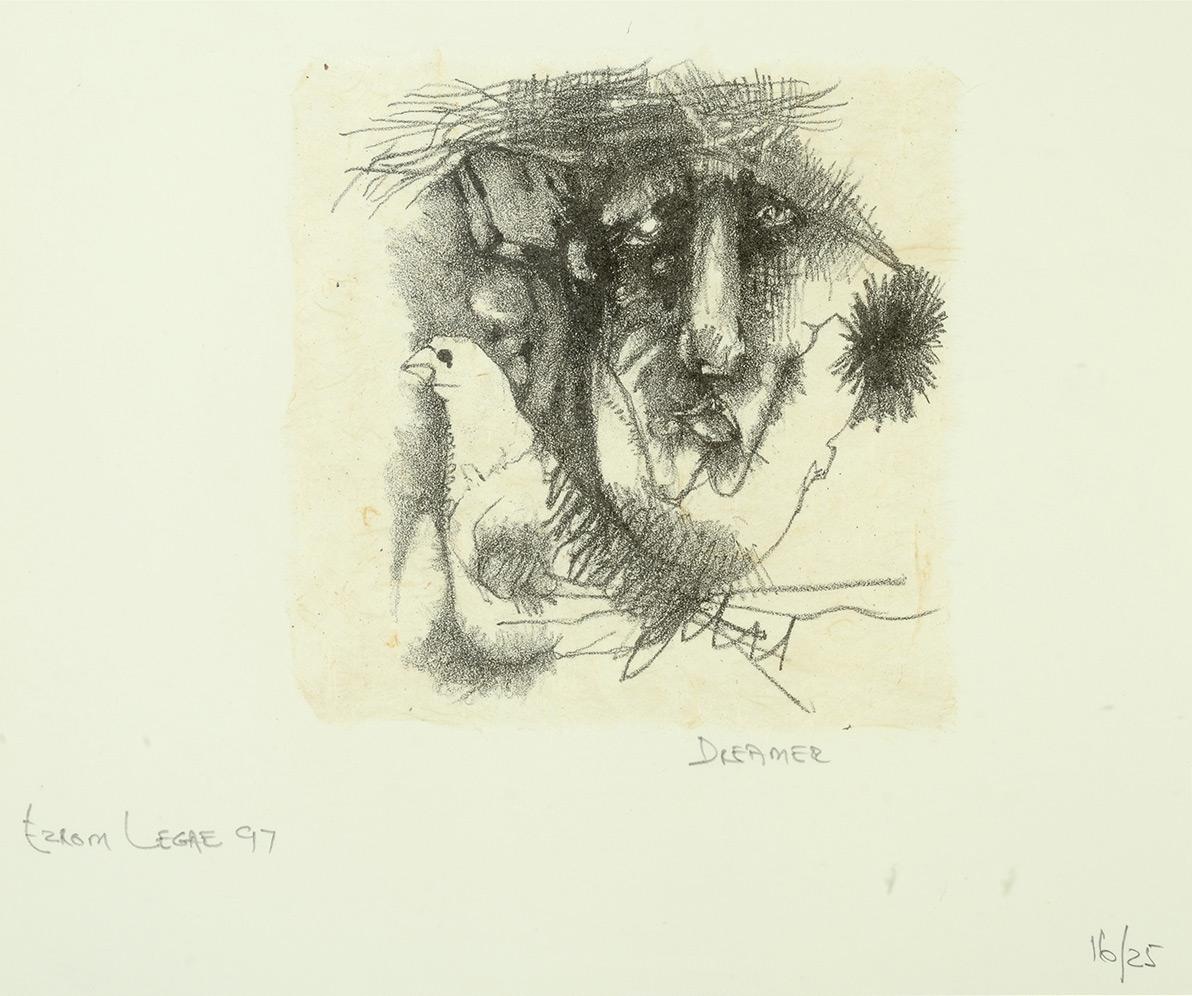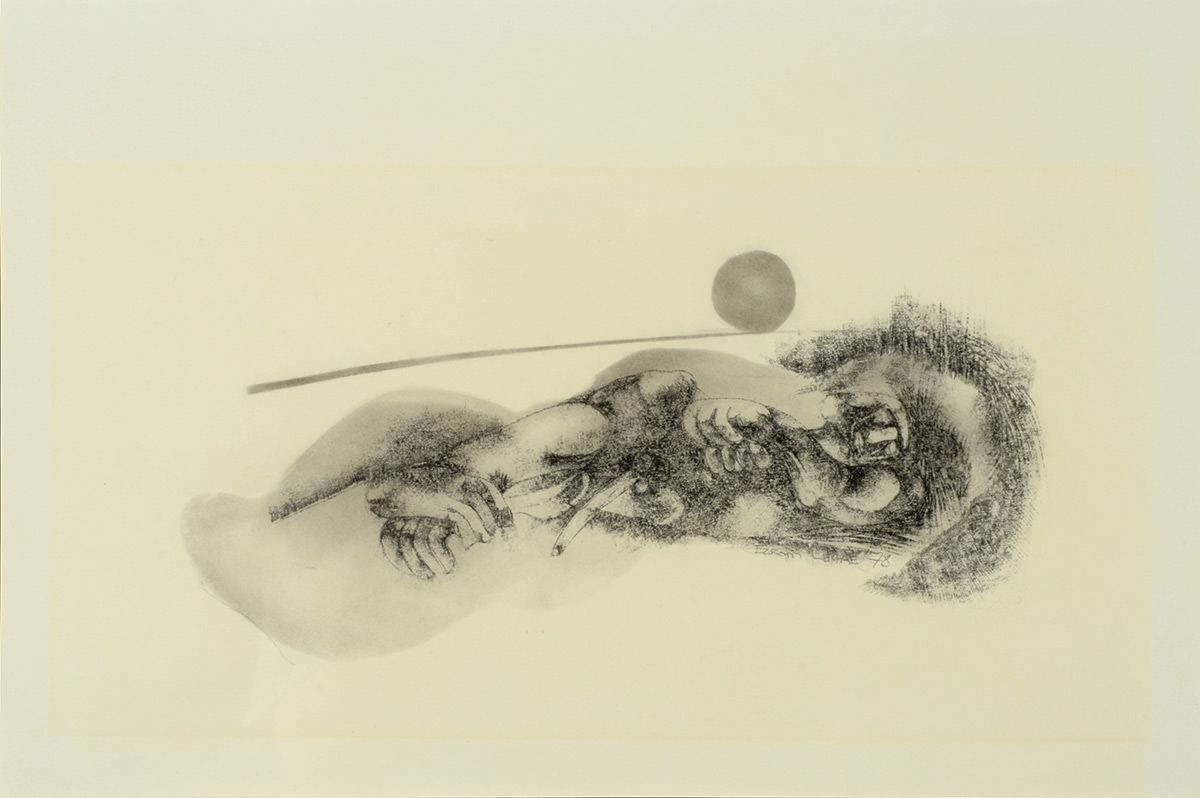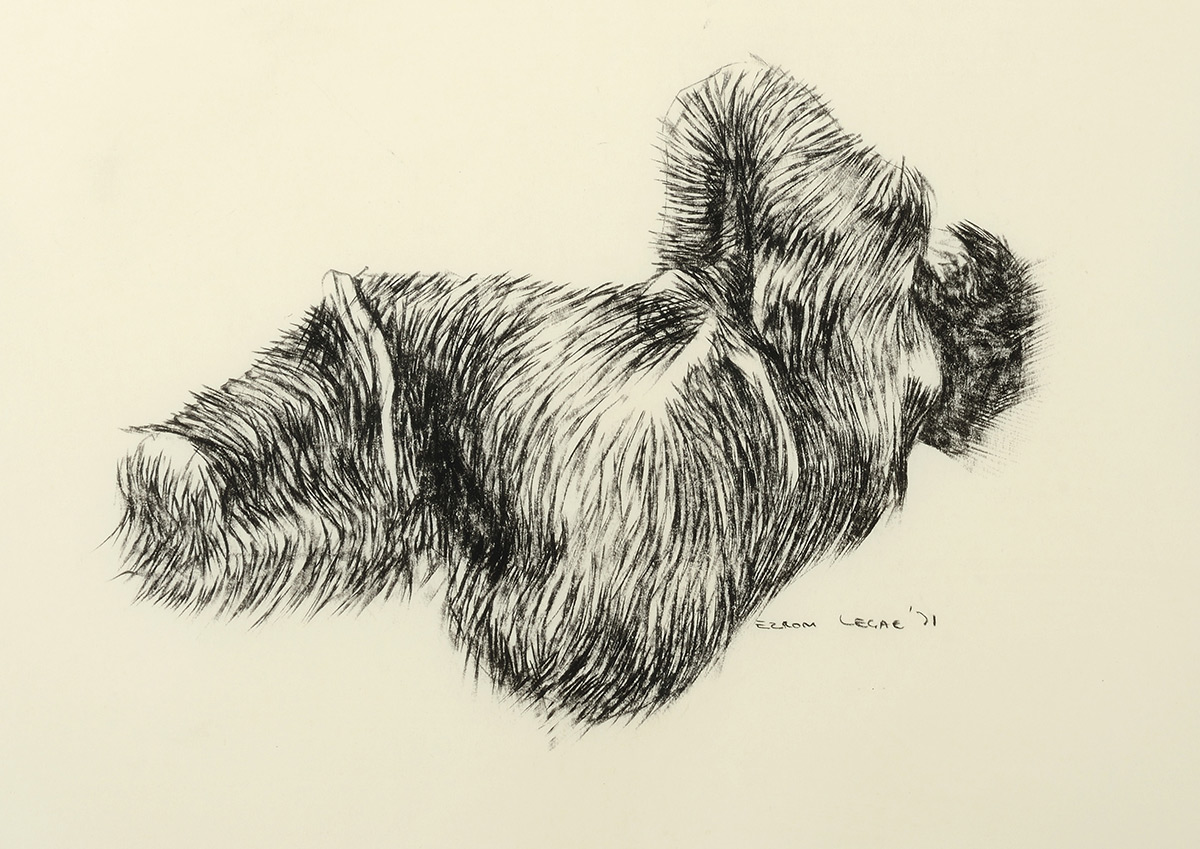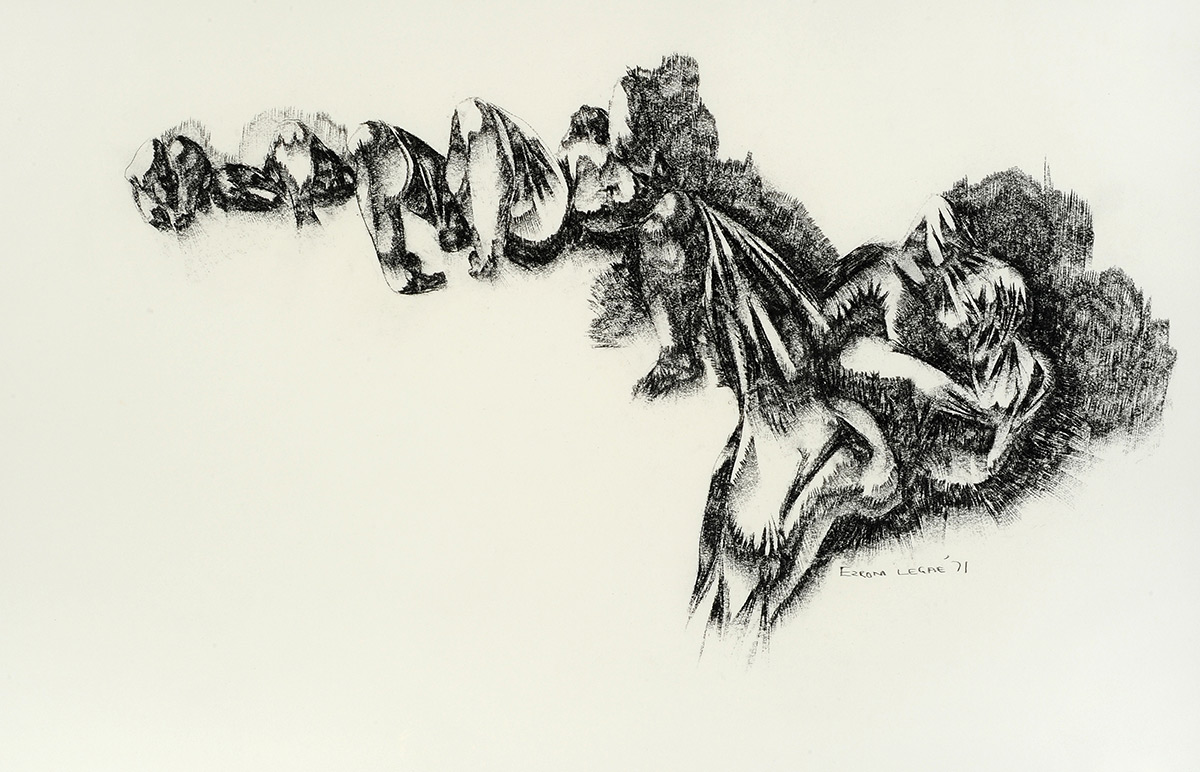EZROM LEGAE (1937 – 1999)
BIOGRAPHY
Ezrom Kgobonyane Sebata Legae was a prominent South African sculptor and painter, renowned for his powerful commentary on apartheid and its lasting effects on society. Born in Vrededorp, Johannesburg, Legae’s early life and education played a significant role in shaping his artistic vision. He attended St. Cyprians and Madibane High School before studying at the Polly Street Art Centre in 1959, where he learned from influential artists such as Cecil Skotnes and Sydney Kumalo. Later, he continued his studies at the Jubilee Art Centre, eventually becoming a teacher and assistant to Skotnes, before taking over Kumalo’s position at the centre in 1965.
Legae’s work was deeply rooted in the social realities of apartheid, using his art to express the struggles and injustices faced by black South Africans. His sculptures and paintings often depicted figures and animals in distress, symbolising the suffering and resilience of his people. Legae’s style combined traditional African influences with contemporary artistic techniques, making his work both poignant and universally relatable.
Throughout his career, Legae received several accolades, including the Oppenheimer Sculpture Prize in 1967 and an Honourable Mention at the Valparaiso Biennale in Chile in 1979. His work was included in notable exhibitions like Tributaries: A View of Contemporary South Art, curated by Ricky Burnett in 1985.
Legae also played a significant role in nurturing the next generation of South African artists through his teaching and mentorship.
His later years were marked by a continued commitment to artistic expression and social commentary, with his work addressing issues of inequality, poverty and racial discrimination. He lived and worked in Soweto until his death in 1999.
Legae’s art is represented in various private and national collections, including the Iziko South African National Gallery, and he is remembered as a pioneering figure in South African contemporary art. His ability to combine lyricism with a deep sense of social justice has cemented his place as one of the most significant artists of his generation.


